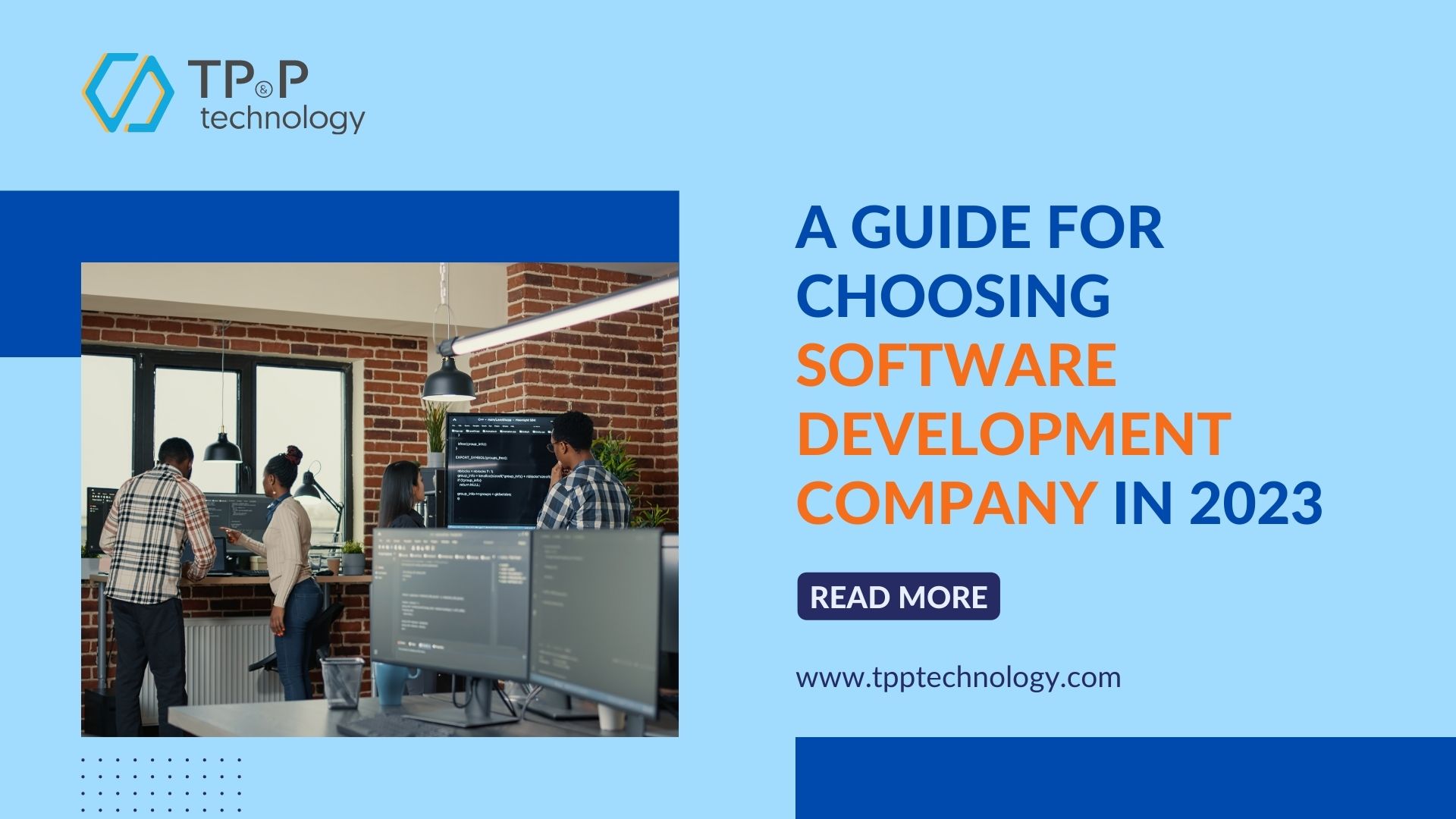
A Guide For Choosing Software Development Company In 2023
Do you prefer large and established software development companies when choosing an enterprise solution implementation provider? Choosing the right technology provider for your project or business is an important task. If you look specifically at your business, the success of your business may partially or almost entirely depend on this solution.
Some companies need customized software to improve their business IT operations. Other companies are looking for solutions to offer their customers and stakeholders the best products and services. Individuals or groups may have a bright idea that a development team needs to make a reality. Some companies have their own development team, but their capacity is not sufficient for a specific project or when the company is scaling rapidly. In all these cases, it is important to find the right one that you can trust.
And this article is about tips to choose a software development company in 2023. Let’s find out!
There Is No One-Size Fits All Solutions
There are several reasons why these major software giants may not live up to your expectations. Some of these include:
• Business software is not just a plug-and-play business. Even before you start the first implementation, you may have mapped out the second phase. Every day brings new information about what works well and what you want to change as soon as possible. Unfortunately, "ASAP" often changes to "maybe next year". Ultimately, your success depends on having a partner you can trust, not only to provide what you need but also to provide it when you need it and at a reasonable price.
• If the company behind the platform is bigger than you, the customer isn't always right.
• Your industry has just been registered. For instance, if your company provides field services to telecom companies and is one of many industries that use the platform, how much influence does your industry have on the direction of the platform?
The bottom line is that mega platforms are, well, mega. And they can easily get caught up in the kind of macro-level economic movements that drive decision-making in the mega-corporations behind these platforms. Mergers, acquisitions, layoffs, regulatory hearings, tax mitigation strategies—these types of factors can shape the platform you rely on to manage your day-to-day operations, even if they have nothing to do with day-to-day operations.
When a platform becomes “too big to fail”, something paradoxical often happens. From the perspective of the company behind this platform, it couldn't fail. But from your customers' point of view, it can fail in many ways.
Tips to choose the right software development company
Here are some warning signs that the software development company you are evaluating, big or small, may be failing:
There's no roadmap for you: Instead of proactively helping customers plan the next stages of their solution, they are often left alone on their own devices looking for answers to critical questions they have about the product roadmap, product, best practices, or success stories they can lead to. the right direction.
The Voice Of The Customer Lands On Deaf Ears: Customers are less and less able to determine the direction of the platform. Formal feedback and information-gathering processes, such as customer roundtables and annual customer surveys, are increasingly becoming shallow and empty exercises.
It no longer works well with others: A mega-platform often becomes a strategic tool for leveraging other parts of a supplier's product offering. Integrating with other third-party components in your technology stack can suddenly become significantly more difficult as the company tries to push you towards more vertical integration into its own ecosystem.
That Number Is No Longer In Service: customers can become "ghosted" if their usual contact in the company suddenly leaves or is relocated. And there may not be a replacement, or if there is, the client finds themselves in the role of an aspiring coach who must manage their onboarding process.
DIY Metrics: Customers often have their own set of metrics to help them measure their overall performance in a way that is meaningful to them. But they are struggling to get help measuring exactly what contribution the platform is making to help them make gains in their metrics.
Roadmap to Success
How do you avoid falling into the trap of a platform that works for more providers than customers? One strategy is to seek solutions (and suppliers) designed with a customer-centric approach. Here are some indicators that a company is more focused on the success of its customers than the success of its platform:
• How flexible is the company's platform? Is it stuck in a direction that was mapped out years ago in an off-site strategic meeting that no customer attended, or is it constantly evolving organically that takes into account what works best for end users? This is one of the surest signs that a company and its platform's top priority is customer success.
• Platform design is clearly aimed at end users, not developers. At TPP Software, our customers include: the field service industry and most of the workforce are diskless field technicians who rely on mobile devices instead desktop computers. If our products didn't look like they were at home on a smartphone or tablet, it would be a clear sign that we're not focused on our customers.
• A software development outsourcing where consultants can offer a lower price or higher quality, and share their home phone numbers with their prospects. This type of personal commitment speaks volumes about a company's customer focus.
In short, look for a flexible platform from a customer-focused vendor designed for the end user. That way, you're more likely to find a solution that fits your operational needs rather than trying to adapt your operation to the needs of the platform.



